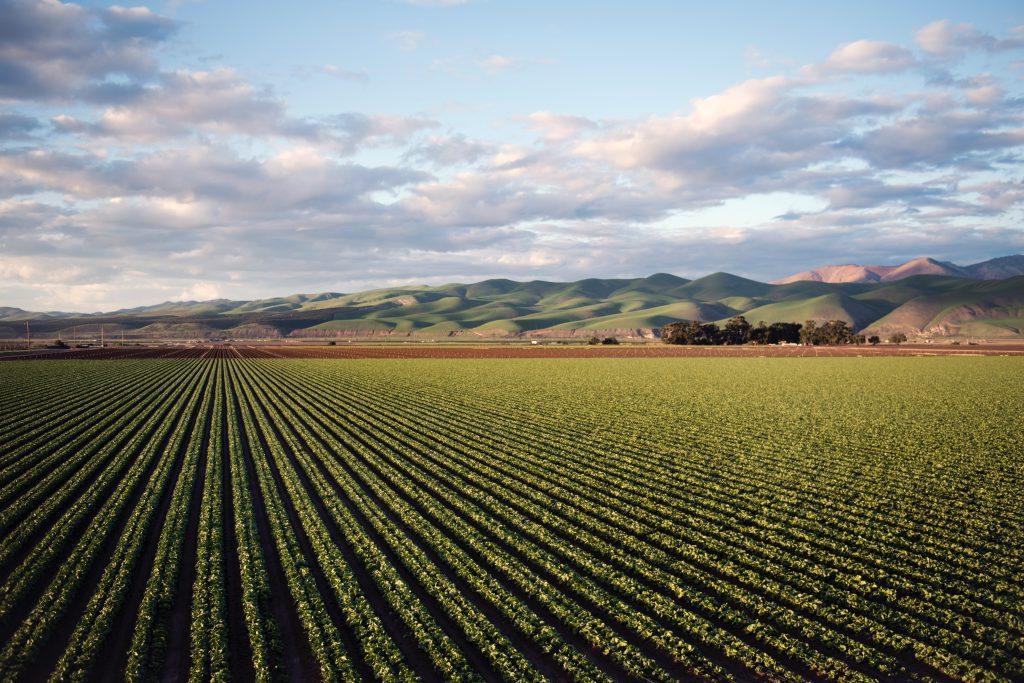Reforestation is more than just planting trees. It’s also a strategy for tackling climate change. Despite attempts to mitigate its effects, climate change continues to impact our society. Some of the crises we face include extreme weather events, biodiversity loss, and diminishing food security. As levels of carbon dioxide within the atmosphere increase, so do the problems. Clearly we need to find an immediate solution. If only it were possible to remove CO₂ from the atmosphere and store it somewhere… This is where trees come in!
Trees make up a crucial aspect of our global ecosystem. Unfortunately, they are under constant threat. By 2050, tree canopy cover will likely decline by up to 223 million hectares worldwide (Nick Kilvert, 2019). This is due to activities such as logging and intensive burning and clearing for grazing. Reforestation is important for more than combatting climate change. The world’s forests also protect 80% of the biodiversity that exists on land (Nick Kilvert, 2019). However, to be effective, reforestation needs to happen immediately.
Why Trees?
Trees absorb carbon dioxide. This makes them a valuable tool for lowering its levels in the atmosphere. A landmark 2017 peer-reviewed study found that reforestation is the number one climate change solution (Griscom, B. et al, 2017). Research has found that 0.9bn hectares – roughly the size of the US – is currently available for planting trees globally (Bastin, J-F. et al, 2019). This would reduce CO₂ in the atmosphere by a massive 25% (Bastin, J-F. et al, 2019).
The benefits of trees extend beyond absorbing CO₂ and providing oxygen. Trees also protect coastal regions against severe flooding and storms by absorbing excess water in the soil (Chaplin, 2018). Their root systems prevent erosion of river banks and provide food and shelter for some species (Randwick City Council, 2021). Plus, they provide shade, helping soil retain moisture and thus support fertile agriculture. Most importantly, trees play a vital role in increasing biodiversity. Even after they die, decomposers recycle the organic material and return it to the soil so that it can fertilise new trees (Chaplin, 2018). It’s clear that trees are necessary for a balanced ecosystem and a healthy planet.
Trees For Life

Reforestation is not as simple as planting trees. THRIVE recently donated to the organisation Trees for Life. They are trying to revive Scotland’s native Caledonian forests, less than 2% of which currently remain (Barkham, 2019). 11 years ago, the charity purchased the Dundreggan hunting estate. Their goal is to restore 4,000 hectares of this degraded landscape (Barkham, 2019). While many assume this is a natural wild, sparse landscape, this is not the case. Human expansion has driven out natural predators, leading to an overpopulation of red deer in the region. Deer graze on young shoots and prevent forest growth (Reforesting Scotland, 2013).
The mission of Trees for Life demonstrates the complexity of restoring nature. Balancing the diversity of native trees, scrub, and associated life is not a simple process. This is especially true when the main cause of degradation remains uncontrolled. Currently, they are slowly culling red deer to keep the population in check and allow vegetation to flourish. Ecologists calculate that a red deer population of five to twenty per square kilometre will allow natural regeneration (Barkham, 2019). The deer population in Dundreggan can now sustain some young pines, birches, rowans and junipers. Trees for Life volunteers have planted nearly 2 million native trees. As a result, black grouse shoots, small mammals and young birds are beginning to return to the once barren landscape (Barkham, 2019).
Is it Realistic?

Although trees do act as carbon sinks, there are still many barriers to global reforestation. The Intergovernmental Panel on Climate Change (IPCC) stated that if the world wanted to limit the rise to 1.5°C by 2050, an extra 1 billion hectares of trees would be necessary (McGrath, 2019). For emphasis, that’s not a billion trees, that’s a billion hectares of trees. We must consider how realistic this approach is. How much carbon can we realistically sequester through reforestation? And how long would it take to start seeing a decrease in atmospheric carbon concentrations?
On the practical side, the time, money and resources needed to implement a global reforestation project are also unknown (Buis, 2019). There is also a scientific concern relating to biodiversity. Many tree planting efforts use only one kind of tree. With the risk of monoculture forests, will ecosystems function as efficiently as they did before? And even if it is possible to restore biodiversity to its original levels, there are aspects, such as a region’s soil health, which may prevent this (Buis, 2019).
Therefore, planting trees isn’t a realistic solution to the problem of climate change. To stop increasing temperatures, we must decrease our fossil fuel emissions. However, trees can act a useful tool to assist in curbing climate change while we implement long term systematic changes to our polluting industries and habits. Foundations such as Trees for Life and THRIVE Project ensure that this process is fulfilled, and ultimately contribute to making the world a more sustainable place.























